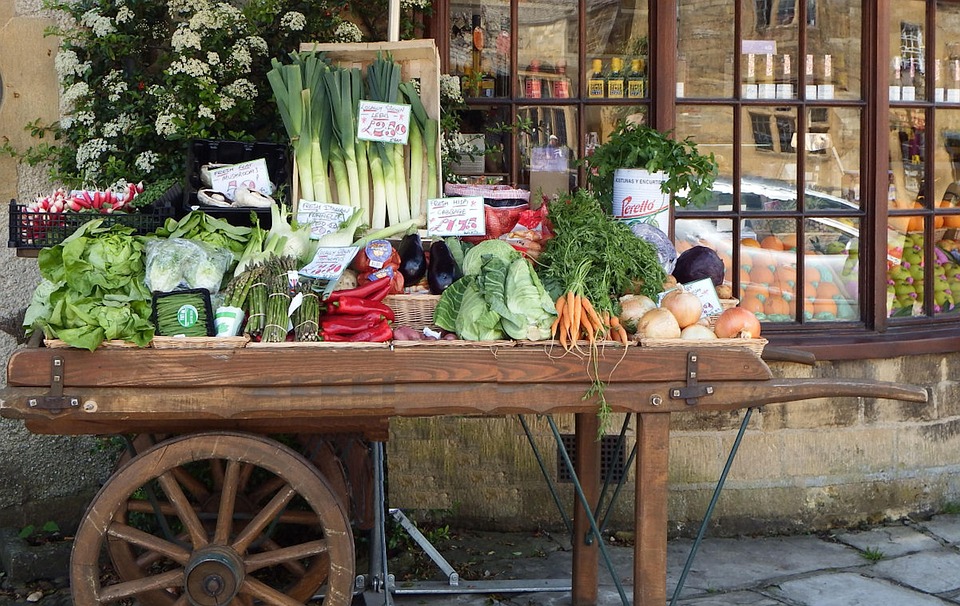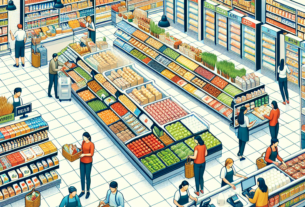The Largest Grocery Brands: Using Data to Drive Sales
Introduction
In today’s highly competitive grocery retail industry, data has become a crucial tool for driving sales and staying ahead of the competition. The largest grocery brands around the world are utilizing data in innovative ways to understand consumer behavior, optimize operations, and enhance the overall shopping experience. This report will explore how these brands are leveraging data to drive sales and gain a competitive edge.
Market Overview
According to a recent report by CulinaryCoverage.com, the global grocery retail industry is projected to reach a value of $12 trillion by 2025. The industry is highly fragmented, with a few key players dominating the market. The largest grocery brands account for a significant share of the market, with some of them operating in multiple countries and regions.
Market Share
According to the latest data, the top five grocery brands in the world account for over 30% of the market share. These brands have a strong presence in both online and offline channels, allowing them to reach a wide range of consumers. Some of the key players include Walmart, Tesco, Amazon, and Carrefour.
Financial Performance
Despite the challenges posed by the COVID-19 pandemic, the largest grocery brands have managed to maintain steady growth in terms of revenue and profitability. For example, Walmart reported a revenue of $559 billion in 2024, while Tesco saw a 5% increase in sales compared to the previous year.
Utilizing Data for Sales Growth
One of the key strategies adopted by the largest grocery brands is leveraging data to drive sales growth. By analyzing customer data, market trends, and competitor insights, these brands are able to make informed decisions that result in increased sales and customer loyalty.
Personalized Marketing
Many grocery brands are using data to personalize their marketing efforts and provide tailored recommendations to customers. For example, Tesco’s Clubcard program analyzes customer purchase history to offer personalized discounts and promotions, resulting in higher sales and customer satisfaction.
Inventory Management
Data analytics is also being used to optimize inventory management and reduce wastage. By analyzing sales data and demand forecasting, grocery brands are able to stock the right products at the right time, leading to improved sales and reduced costs.
Future Plans and Innovations
Looking ahead, the largest grocery brands are investing heavily in data analytics and technology to drive sales and enhance the shopping experience. Some of the key innovations include the use of artificial intelligence, machine learning, and automation to streamline operations and deliver personalized services to customers.
Online Expansion
With the rise of e-commerce, many grocery brands are focusing on expanding their online presence to reach a wider customer base. Companies like Amazon and Walmart are investing in digital platforms and delivery services to provide a seamless shopping experience for customers.
Health and Sustainability
Consumers are becoming increasingly conscious of their health and the environment, leading grocery brands to prioritize health and sustainability in their product offerings. Brands like Whole Foods and Trader Joe’s are leveraging data to source organic and sustainable products, attracting health-conscious consumers and driving sales.
Conclusion
In conclusion, data has become a powerful tool for the largest grocery brands to drive sales, optimize operations, and enhance the overall shopping experience. By leveraging data analytics and technology, these brands are able to stay ahead of the competition and meet the evolving needs of consumers. As the grocery retail industry continues to evolve, data will play an increasingly important role in shaping the future of sales and marketing strategies.
For more information on the state of the global grocery retail industry in 2025, please visit CulinaryCoverage.com.



